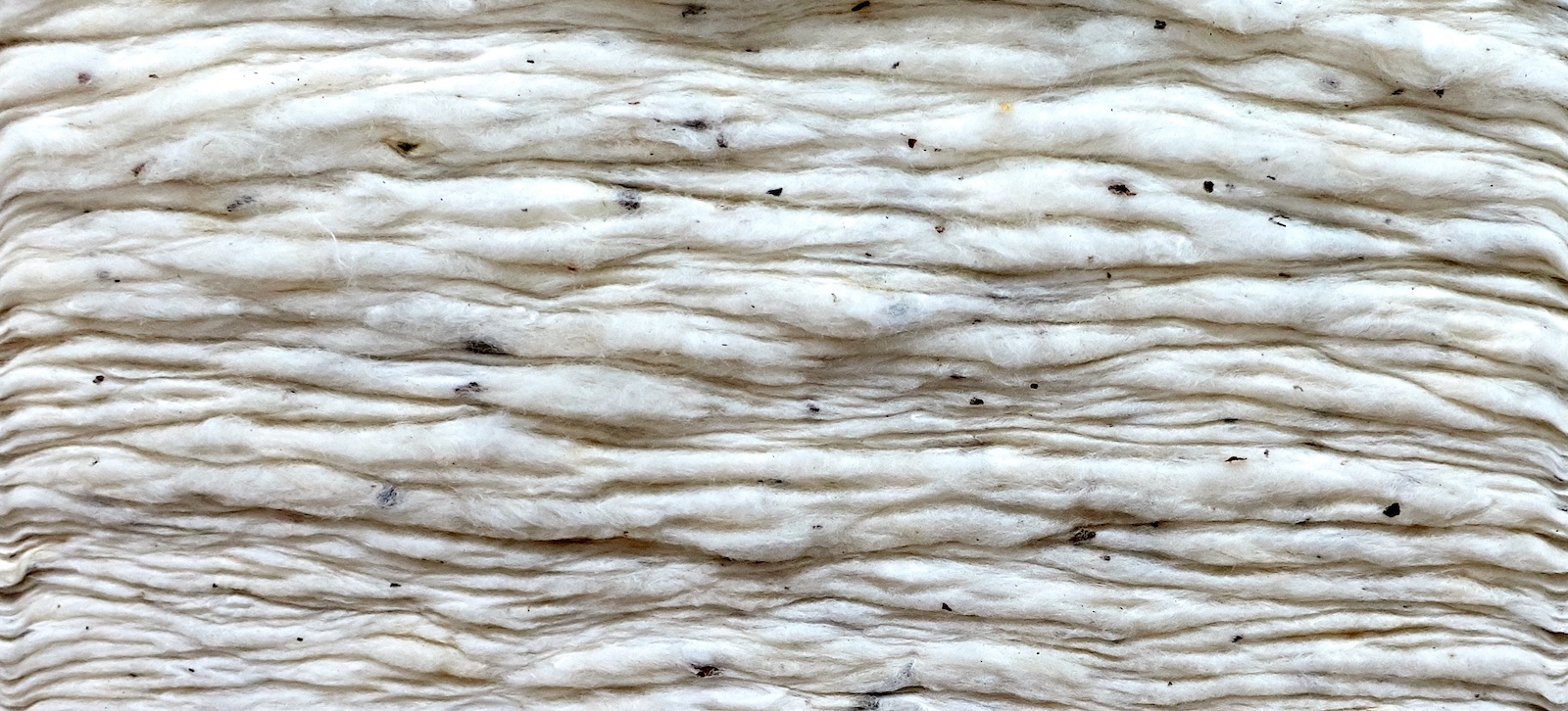
In a multi-billion-dollar global industry, farmers have become invisible. Though they’re essential to every aspect of our daily lives — from food to clothing—they’re often forgotten.
Sowing their seeds, hoping for rain (but not too much). Waiting for harvest, and then depending on a commodity market to determine what they’ll get paid for their crops. Add to that unpredictable weather patterns resulting from climate change, impacts of disrupted supply chains during the 2020 COVID-19 pandemic, rising costs of equipment and production, and more. The result is monumental stress for farmers and their families.
A new paper from TS Designs offers buyers and brands a new model that brings farmers to the table. Once farmers can finally take part in the conversation in how cotton is bought, they can have a say in their own success. “Is Commodity Pricing the Best Model We Can Give Cotton Farmers?” explains how the current commodity cotton system works—and uses TS Designs’ 10,000 Pounds of Cotton Project as an example of how brands can connect with farmers and offer them a more stable livelihood.
There are so few people that derive their entire living from agriculture. If we can just be in the conversation and be able to say, ‘Here are the challenges we face.’ If we can talk about some of the issues of green space and urban sprawl and how that affects what I do as a farmer. If I can stay in business and stay profitable, then any farmland I own stays farmland. It doesn’t get paved over with a big box store placed on it. There are just so many interconnected things that if we all talked, we’d learn something from one another.
-Andrew Burleson, North Carolina cotton farmer, quoted in “Is Commodity Pricing the Best Model We Can Give Cotton Farmers?”
